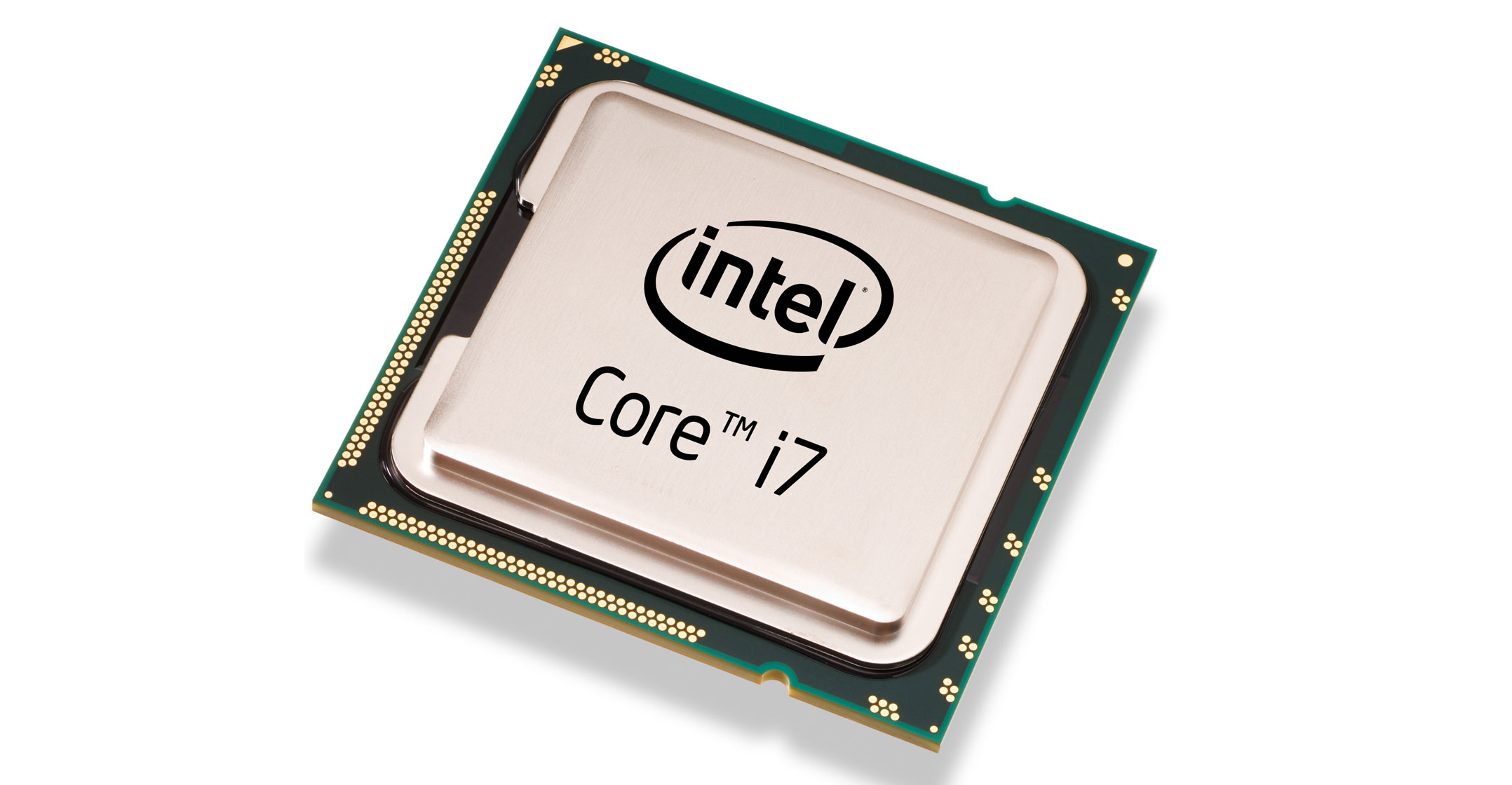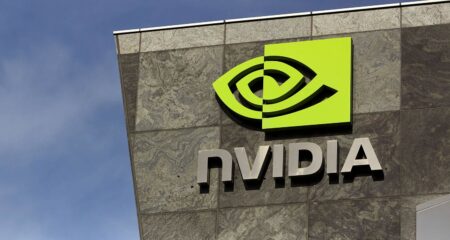
Intel, the world’s second biggest semiconductor maker, fell as much as 8.4% on Friday after executives said a key new chip technology wouldn’t be out until late next year, prompting concerns the company could be vulnerable to rivals who are accelerating their own push into the field.
Even as Intel reported strong results for the second quarter and raised its sales target for the full year, analysts focused instead on the company’s timeline for its new 10-nanometre chip. Intel will have chips using that technology in PCs on sale in the second half of 2019, the company said on Thursday on a conference call to discuss earnings. Server chips will follow after that, executives said. Improvements to semiconductor designs being made using existing manufacturing lines will keep Intel’s offerings competitive in the meantime, the executives said.
Intel shares fell the most in three months to US$47.80 at 10.03am in New York. Before the results were released, they’d gained 13% this year compared to a 10% gain by the Philadelphia Stock Exchange Semiconductor Index. At least two analysts downgraded their ratings on the stock on Friday.
Christopher Danely, an analyst at Citigroup Global Markets, cited the “10-nanometre debacle” as a reason to cut his recommendation on Intel stock to neutral from buy and he trimmed the price target to $50 from $64. Vivek Araya, an analyst at Merrill Lynch, also downgraded the stock and said the delays offer rivals including Taiwan Semiconductor Manufacturing, Advanced Micro Devices, Nvidia and Xilinx the possibility to “leapfrog” Intel.
The delay overshadowed what was otherwise a largely positive earnings report. Intel said revenue in the current period will be about $18.1-billion, plus or minus $500-million, beating the average analyst estimate. For the full year, Intel increased its revenue target to a record $69.5-billion.
The results are Intel’s first since the departure of CEO Brian Krzanich, who was removed in June after the chip maker learnt he’d had an extramarital relationship with a subordinate. While the board named chief financial officer Robert Swan as the interim CEO, some analysts expressed concern that Intel could be more vulnerable amid a leadership vacuum. Intel is already struggling with manufacturing difficulties and rivals that are trying to muscle in on its lucrative dominance of computer chips.
Swan told analysts on a conference call that Intel’s biggest current problem is keeping up with demand, something it will struggle to do in the second half of the year if the PC market continues to improve.
For the second quarter, Intel said net income rose to $5-billion, or $1.05/share, from $2.8-billion, or $0.58, a year earlier. Sales rose 15% to $17-billion. Intel’s data centre group reported a revenue surge of 27% to $5.5-billion and PC processor sales climbed 6% from a year ago to $8.7-billion.
Raft of challenges
Krzanich left Intel at record performance levels financially, but facing a raft of new challenges. The computer processing market Intel dominates is reshaping itself to deal with the latest trends, such as artificial intelligence. Swan stepped into the top post while the company searches for its next leader. He has told employees that he doesn’t want the job permanently, a person familiar with the matter has said.
Krzanich told investors and analysts on the company’s first-quarter earnings conference call — one of his final appearances in front of a Wall Street audience — that Intel’s migration to new manufacturing technology was taking longer than planned. That ability to move quicker than rivals has been a cornerstone of the company’s success over the years, giving it the ability to field processors that are faster, smaller and cost less to make.
Under Krzanich’s leadership, Intel also tried to spread its bets. The company has added programmable chips for artificial intelligence workloads in data centres; it’s jumped back into the booming memory-chip industry; and it’s making progress, after years of futility, in the market for chips that power mobile phones by becoming a supplier to Apple.
But those endeavours aren’t big enough to rapidly change Intel’s trajectory. The company has more than an 80% market share in PC processors and a near-monopoly in server chips, generating a huge amount of revenue and profit that other divisions struggle to match. Even in a declining market, Intel’s PC chip division had sales of $34-billion last year, larger than the total chip revenue at any other chip company besides Samsung Electronics. — Reported by Ian King, with assistance from Courtney Dentch, (c) 2018 Bloomberg LP




